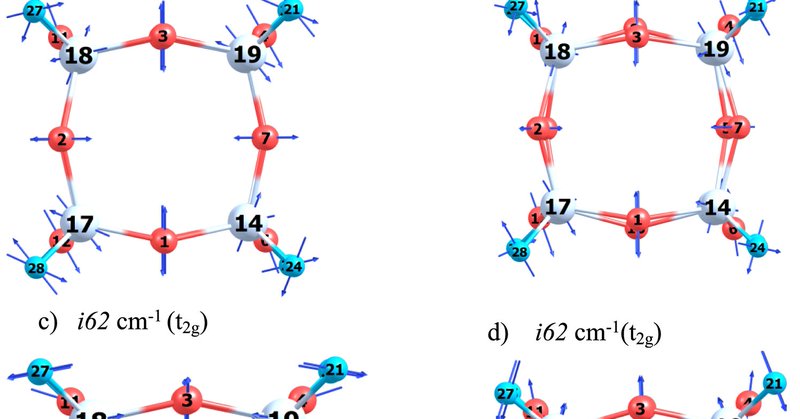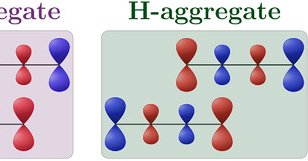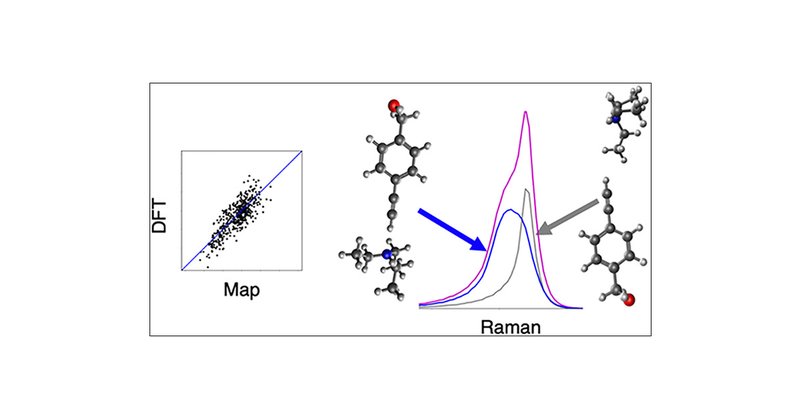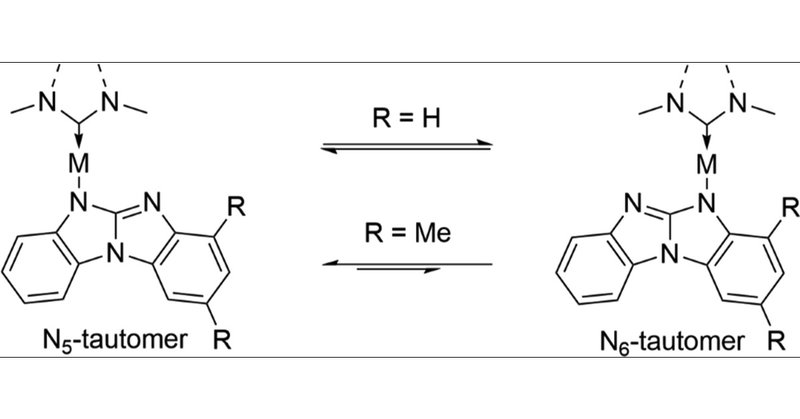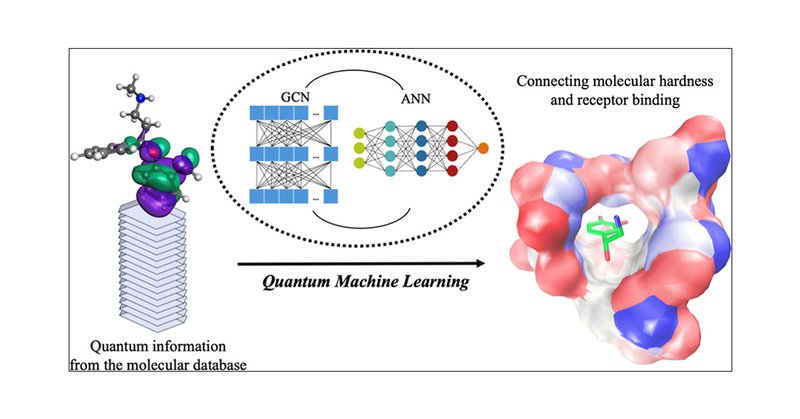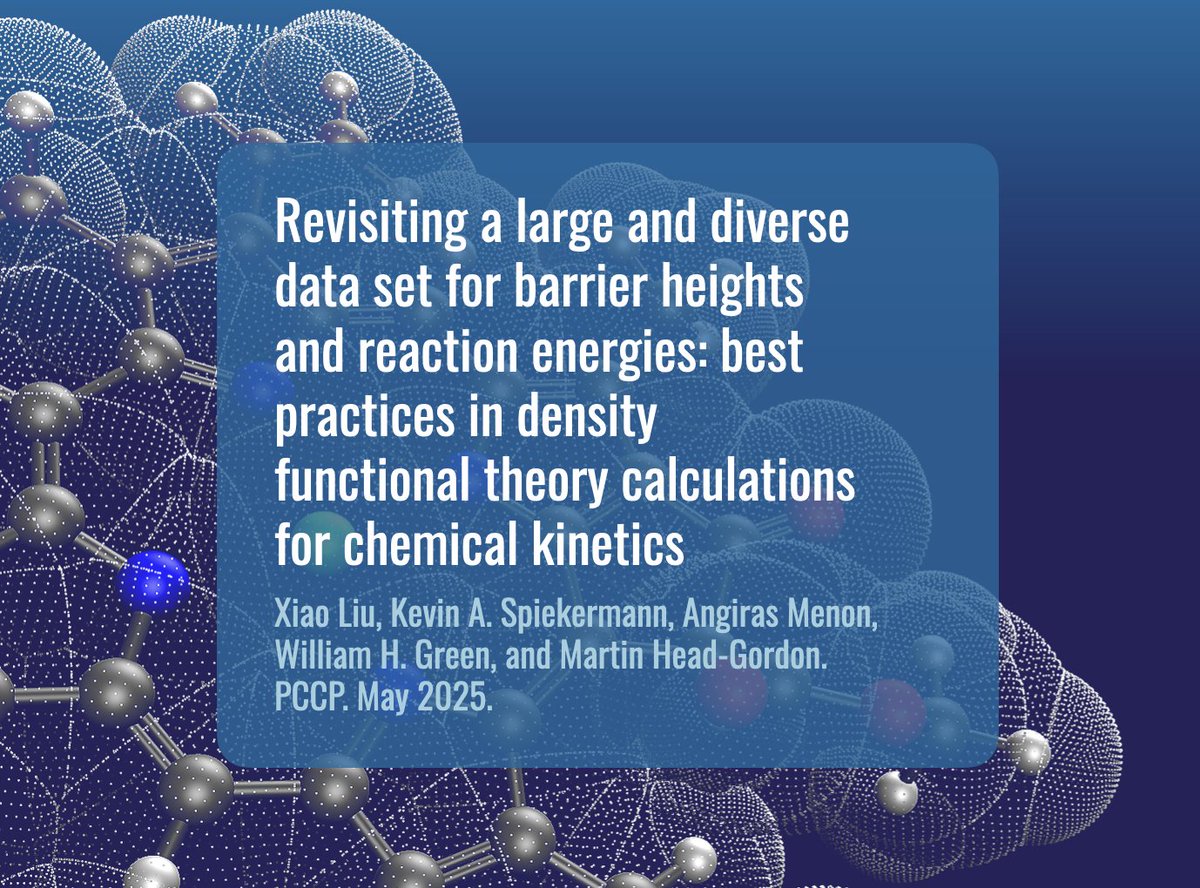
Q-Chem
@QChemSoftware
Followers
2K
Following
334
Media
684
Statuses
1K
Q-Chem provides a comprehensive ab initio quantum chemistry program, allowing scientists worldwide to solve computational problems quickly and accurately.
Pleasanton, CA USA
Joined January 2012
Q-Chem 6.3 is here! Upgrade to enjoy improved performance and usability, and take advantage of new tools for studying chemistry and spectroscopy. Read about new features: Interested in trying it out yourself? Request a free trial:
0
0
11
Congratulations to Q-Chem developer and board member Prof. John Herbert on receiving the 2024-2025 Diversity Enhancement Faculty Award! You can read the official press release here:
chemistry.osu.edu
2024-2025 Diversity Enhancement Faculty Award This award recognizes a faculty member from within The Ohio State University College of Arts and Sciences whose research, teaching and/or service/outre...
0
0
14
In this paper, authors use Q-Chem's geometry optimizer and DFT alongside group theory to study symmetry breaking in octahedral silsesquioxane and germanium analogues, which are used in nanohybrid functional materials. Try Q-Chem:
link.springer.com
Journal of Inorganic and Organometallic Polymers and Materials - The symmetry breaking in octahedral silsesquioxane and its germanium analogues (Si8O12H8 and Ge8O12H8) has been investigated using...
0
1
7
In this recent paper, authors use Q-Chem's DFT and wavefunction analysis tools to study excitonic coupling in chromophore aggregates. They present a new model for estimating the sign and magnitude of exciton coupling. Try Q-Chem:
chemistry-europe.onlinelibrary.wiley.com
Exciton coupling in organic chromophores is revisited through the lens of the transition density. The presented formalism gives insight into the strength and sign of the coupling based on the...
0
1
11
In this recent paper, researchers at Haverford College use MD alongside Q-Chem's DFT to help explain why the Raman peak for alkynes solvated in triethylamine is so unusually broad. Read the paper here: Try Q-Chem for free:
pubs.acs.org
The terminal alkyne C≡C stretch has a large Raman scattering cross section in the “silent” region for biomolecules. Experimental work taking advantage of this property provide an impetus for the...
0
1
2
Researchers at UCLA synthesized a series of gold carbene-metal-amide complexes, using experiment and theory to explore the photophysics and dynamics of tautomerization. They used Q-Chem's DFT and TDDFT features. Try Q-Chem:
pubs.acs.org
A series of Au(I) carbene-metal-amide (cMa) complexes using N-heterocyclic carbenes and N-benzo[d]benzo[4,5]imidazo[1,2-a]imidazolyl (bim) amide ligands have been synthesized as models to investigate...
0
1
6
In this recent work, researchers compare MM and QM/MM approaches to conformational sampling for the calculation of redox properties. They use Q-Chem for the QM/MM single-point energy calculations.
pubs.acs.org
Redox processes are an important step in many chemical and biochemical reactions. One simple approach to calculate the free energy change of a redox process is linear response approximation (LRA)....
0
4
18
Researchers use a #neuralnetwork to study how the chemical hardness of neurochemicals relates to their affinities for neuroreceptors, specifically focusing on neurotransmitters and antidepressants. They use Q-Chem for their #DFT calculations.
pubs.acs.org
With the advancement of artificial intelligence-embedded methodologies, their application to predict fundamental molecular properties has become increasingly prevalent. In this study, a graph...
0
0
7
RT @XiaoLiu161147: Truly honored and humbled that our work has been selected as a 2025 HOT @PCCP article and made free to access! Very grat….
pubs.rsc.org
Accurate prediction of barrier heights and reaction energies is of paramount importance for reaction kinetics. For computational efficiency, such calculations are typically performed with density...
0
1
0
“This workflow provides crucial insights into when Kohn-Sham DFT and even gold-standard CCSD(T) may be unreliable, particularly in the presence of strong static correlation.”. Read the paper: Try Q-Chem for free: (4/4).
pubs.rsc.org
Accurate prediction of barrier heights and reaction energies is of paramount importance for reaction kinetics. For computational efficiency, such calculations are typically performed with density...
0
0
0




